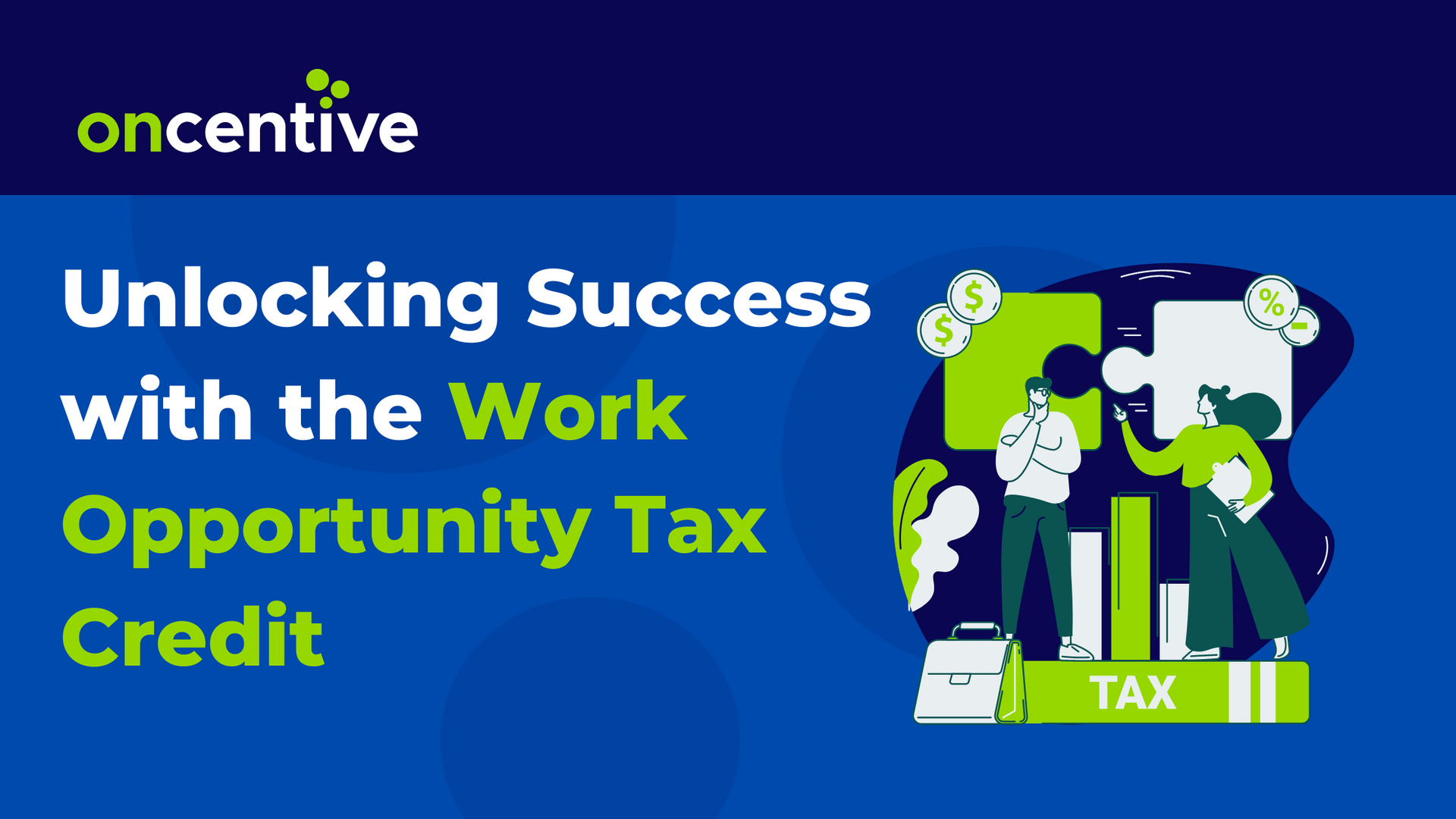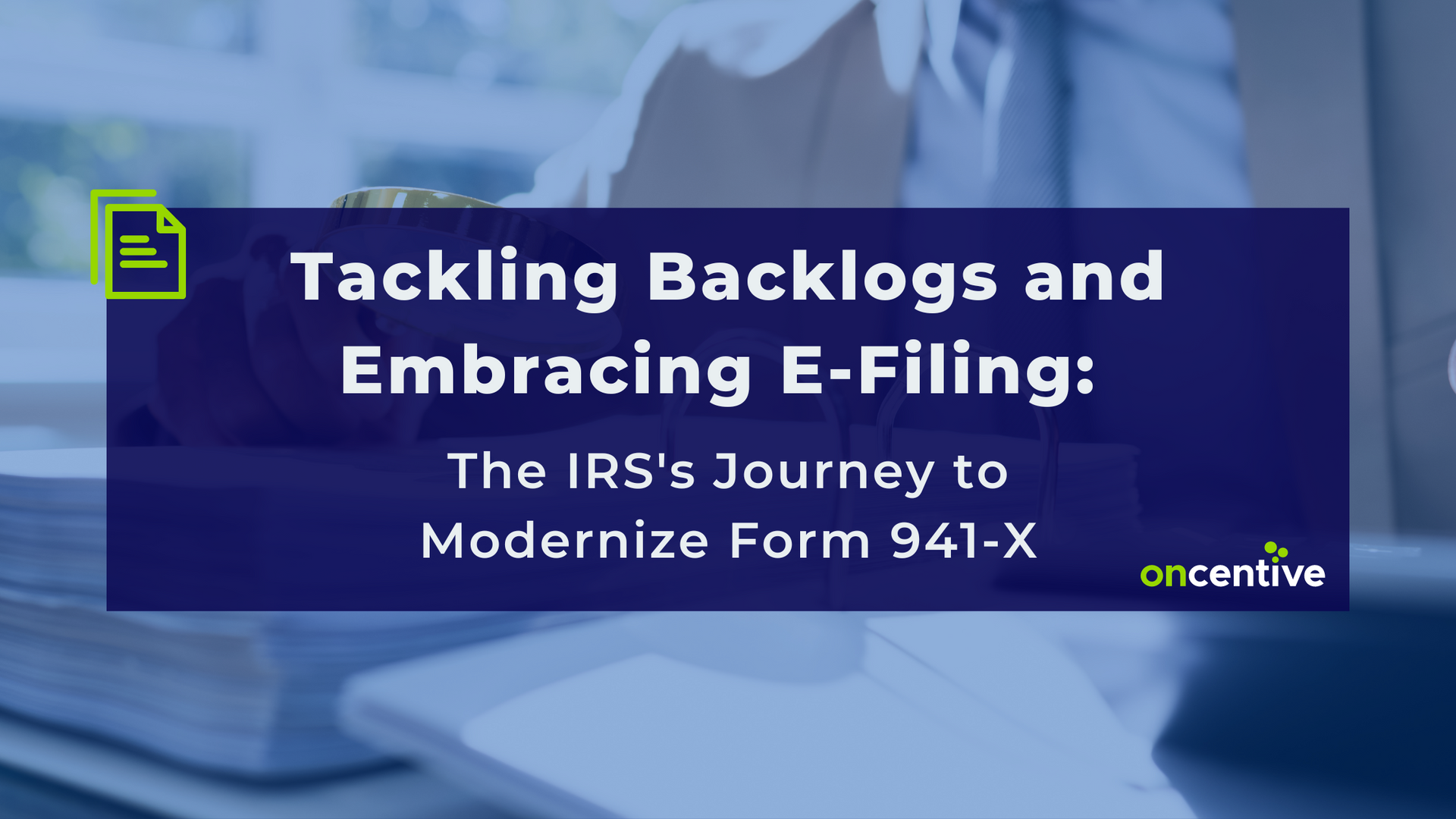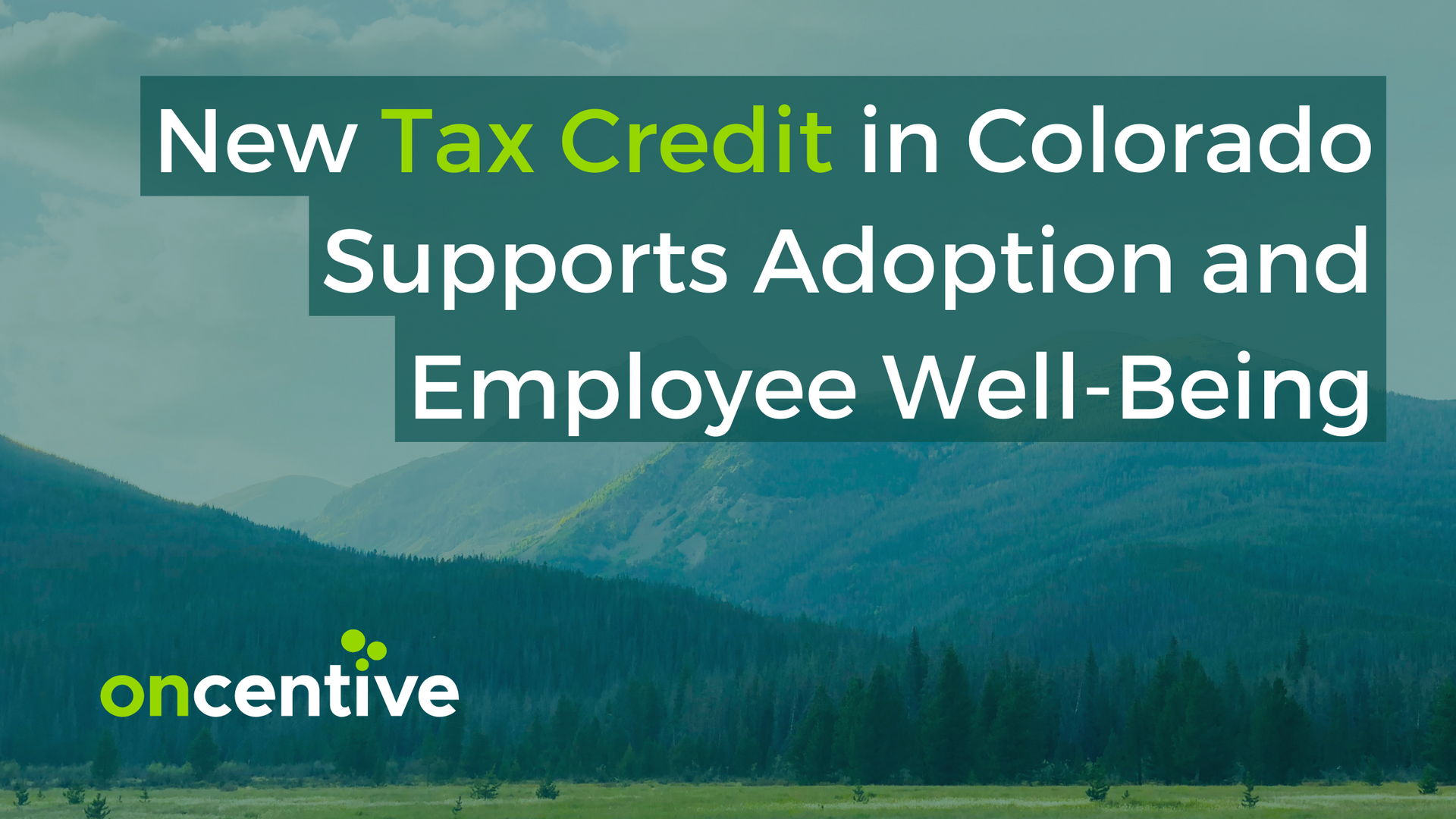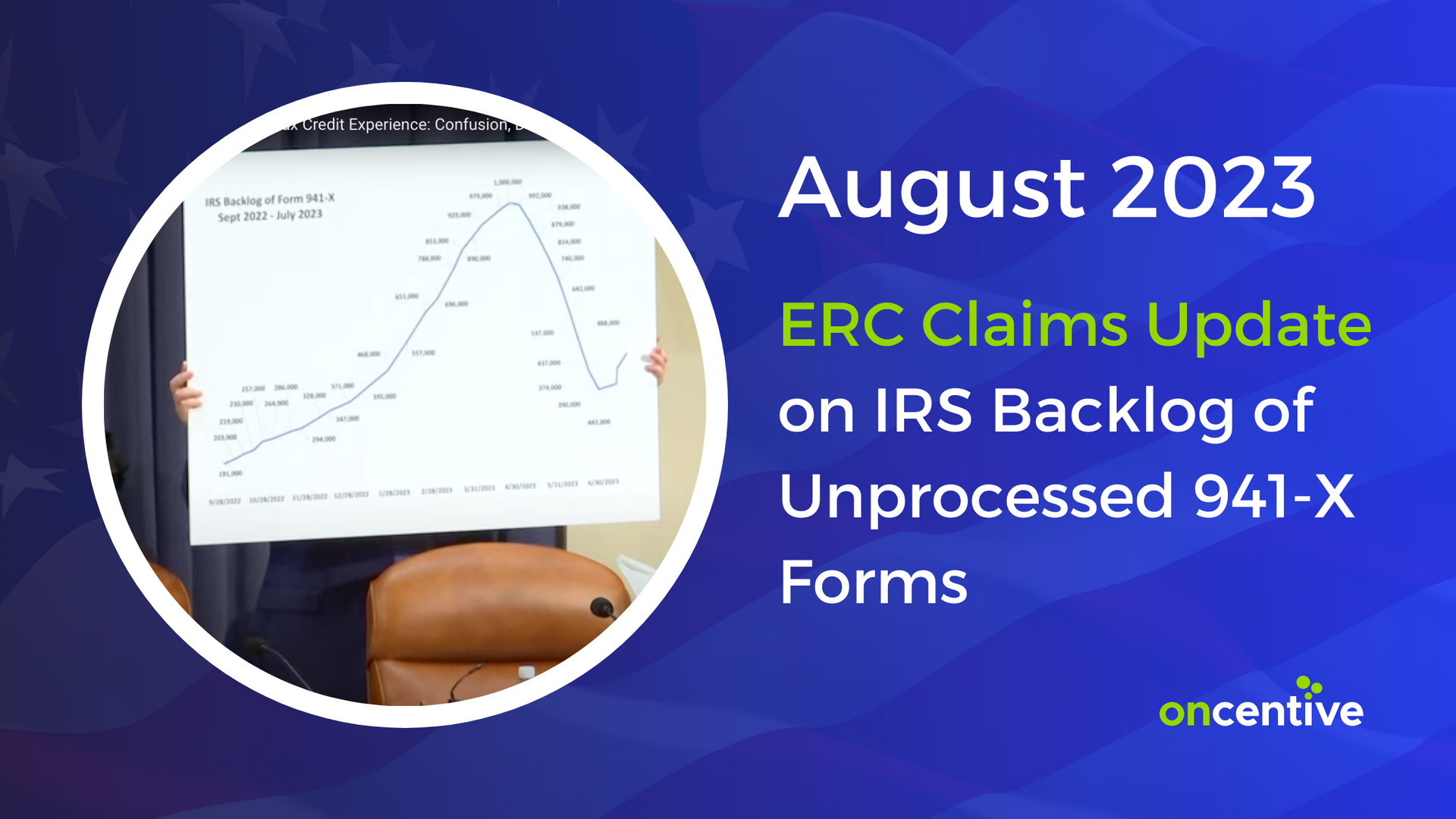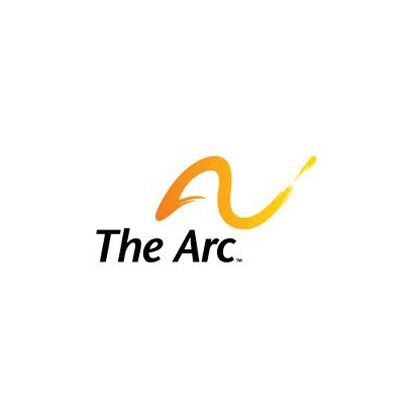A Comprehensive Guide to Boosting Your Small Business's Bottom Line with Tax Credits, Part 3

As we journey through the realm of tax credits, we've uncovered the transformative potential they hold for small businesses. In our previous blog post, we explored the Work Opportunity Tax Credit (WOTC), the Research and Development (R&D) Tax Credit, and the Solar Investment Tax Credit (ITC). These insights have illuminated the diverse avenues through which businesses can not only foster inclusivity, innovation, and sustainability but also reap substantial financial rewards.
To learn more about these differences, read the blog post “A Comprehensive Guide to Boosting Your Bottom Line with Tax Credits, Part 2.”
Now, we’ll dive deeper into the landscape of tax benefits, shedding light on healthcare, retirement, and Federal Empowerment Zone credits. These credits offer not only financial advantages but also opportunities for businesses to contribute meaningfully to employee well-being and community development.
Small Business Health Care Tax Credit
The Affordable Care Act, often referred to as Obamacare, introduces a
valuable health insurance tax credit tailored for small businesses.
How Does the Small Business Health Care Tax Credit Work?
The Small Business Health Care Tax Credit serves to incentivize employers to either initiate health insurance coverage for their employees or sustain existing coverages.
The Affordable Care Act's health insurance tax credit represents a progressive step towards fostering a culture of employee well-being within small businesses. By encouraging the provision of health insurance, this credit not only aligns with the broader objectives of healthcare accessibility but also recognizes the pivotal role of businesses in contributing to the overall health and welfare of their workforce.
Qualifying for the Small Business Health Care Tax Credit
This credit offers qualifying businesses and nonprofits the potential to receive a credit of up to 50% (35% for nonprofits) of the costs incurred for their employees' premiums (excluding business owners).
To be eligible, businesses must enroll in a Small Business Health Options Program (SHOP) plan, and meet all of the following requirements:
- You have fewer than 25 full-time equivalent (FTE) employees
- Your average employee salary is about $56,000 per year or less
- You pay at least 50% of your full-time employees' premium costs
- You offer SHOP coverage to all of your full-time employees. (You don't have to offer it to dependents or employees working fewer than 30 hours per week to qualify for the tax credit.)
As small businesses navigate the intricate landscape of healthcare benefits, this tax credit serves as a tangible and impactful tool for both employers and employees alike, promoting a healthier, more secure working environment.
Retirement Plans Startup Costs Tax Credit
The
Retirement Plans Startup Costs Tax Credit holds significant importance for small businesses as it provides a financial incentive to encourage them to initiate and maintain retirement savings plans for their employees.
How Does the Retirement Plans Startup Costs Tax Credit Work?
Small businesses, often operating with limited resources, may hesitate to establish retirement plans due to associated startup costs. This tax credit alleviates some of the financial burden by allowing eligible employers to claim a credit of up to $5,000 for 3 years to offset the ordinary and necessary costs of starting:
- Simplified Employee Pension (SEP) plans
- Savings Incentive Match Plan for Employees (SIMPLE)) plans
- Qualified plans, including 401(k) plans.
Qualifying for the Retirement Plans Startup Costs Tax Credit
To qualify, employers must meet criteria related to the number of employees, compensation, and the absence of substantially similar plans in the preceding 3 years. The credit amounts to 50% of eligible startup costs, with specific calculations based on factors like the number of non-highly compensated employees (NHCEs).
Eligible costs include setting up and administering the plan, as well as educating employees about it. The credit can be claimed in the first 3 years of the plan, starting from the tax year before its effective date. Notably, employers cannot simultaneously deduct startup costs and claim credit for the same expenses. Additionally, employers incorporating an auto-enrollment feature can qualify for an additional tax credit of $500 per year for a 3-year taxable period.
Benefits for Businesses
By offering this credit, the government aims to promote retirement savings and financial security for employees in the small business sector. Access to retirement plans can enhance the overall compensation package offered by small businesses, making you a competitive choice when attracting and retaining talented employees.
Additionally, it contributes to the broader societal goal of encouraging responsible retirement planning, ensuring that individuals have the means to support themselves in their later years. Overall, the Retirement Plans Startup Costs Tax Credit serves as a valuable tool to foster employee well-being, enhance small business competitiveness, and promote long-term financial stability.
Federal Empowerment Zone Tax Credit
To stimulate economic growth and revitalization in designated distressed communities, the Federal Empowerment Zone Credit (FEZ, also known as Fed EZ) stands as a powerful tool for businesses seeking impactful tax benefits while contributing to community development.
Empowerment Zones (EZ) are specially designated geographic areas that face economic challenges, often characterized by high unemployment and poverty rates. The federal government identifies these zones to encourage investments and job creation, aiming to uplift the community and enhance its overall well-being.
How Does the Federal Empowerment Zone Credit Work?
Businesses operating within Empowerment Zones can qualify for substantial tax credits. The credit is often based on the employment opportunities created, making it a win-win scenario for both businesses and the community. Employers can claim a credit against their federal income tax for each eligible employee who lives and works in these designated zones.
Benefits for Businesses
Substantial Wage Credit: Businesses can claim a significant credit, often up to $3,000 per eligible employee per year, against their federal income tax. This not only reduces tax liabilities but also provides financial incentives for hiring individuals residing in these distressed communities.
Enhanced Deductions: Beyond wage credits, businesses may also benefit from enhanced deductions on qualifying equipment or property located within the Empowerment Zones. This can further optimize the overall tax position of the business.
Qualifying for the Federal Empowerment Zone Credit
To qualify for the Federal Empowerment Zone Credit, businesses must conduct business within the federally designated boundaries, and hire residents of the same empowerment zone. It is essential to understand the unique requirements associated with each designated zone. Ensuring compliance with these criteria opens the door to significant tax advantages while contributing to the renewal and prosperity of the community.
A Dual Impact on Business and Community
The Empowerment Zone Credit presents a unique opportunity for businesses to align their growth objectives with community development goals.
By taking advantage of this credit, businesses not only maximize their tax benefits but also play a vital role in revitalizing distressed areas, fostering a sense of community, and creating lasting positive change. This dual impact makes the Empowerment Zone Credit a strategic choice for businesses committed to both financial success and social responsibility.
For small businesses, these lucrative tax credits provide financial incentives for businesses initiating retirement plans, healthcare plans, or are in Federal Empowerment Zones. These tax credits are a powerful tool for fostering community development and offering substantial tax benefits for businesses operating in designated distressed areas.
In our next post, we will navigate the terrain of state tax credits, shedding light on how businesses can leverage these credits for financial advantages while contributing meaningfully to employee well-being and community development.
OnCentive Can Help You Unlock Small Business Tax Savings
To uncover the full spectrum of income tax credits and state-specific opportunities, businesses are encouraged to engage the assistance of a consultant to coordinate with state revenue departments, economic development agencies, or specialized consultants familiar with the intricacies of local tax incentives, like OnCentive.
Staying informed about available credits can empower small businesses to make strategic decisions that positively impact their bottom line while contributing to the economic prosperity of the communities they serve.
Have Questions or Need More Information?
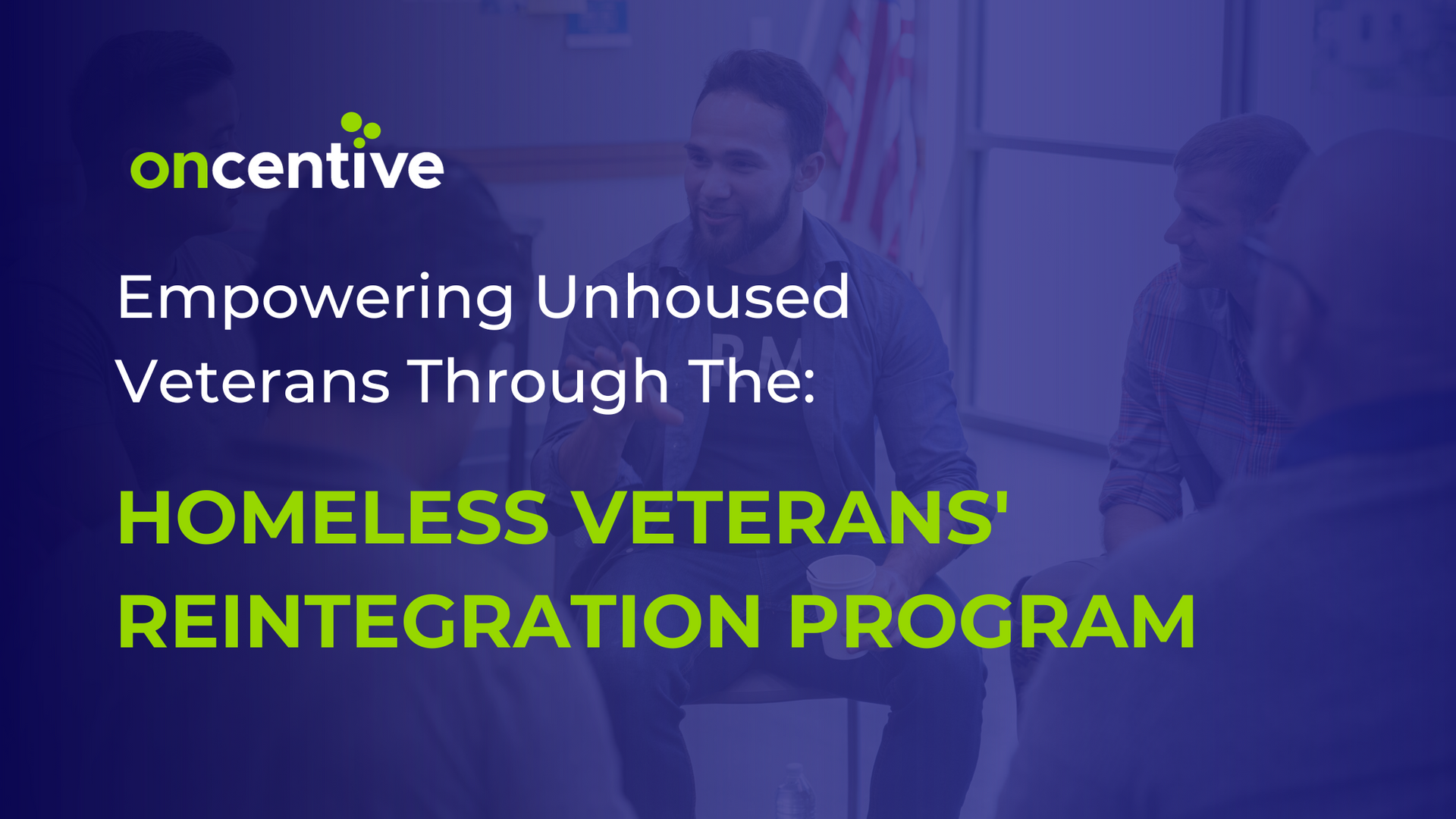

 <script type=" text=""/>
<script type=" text=""/>





